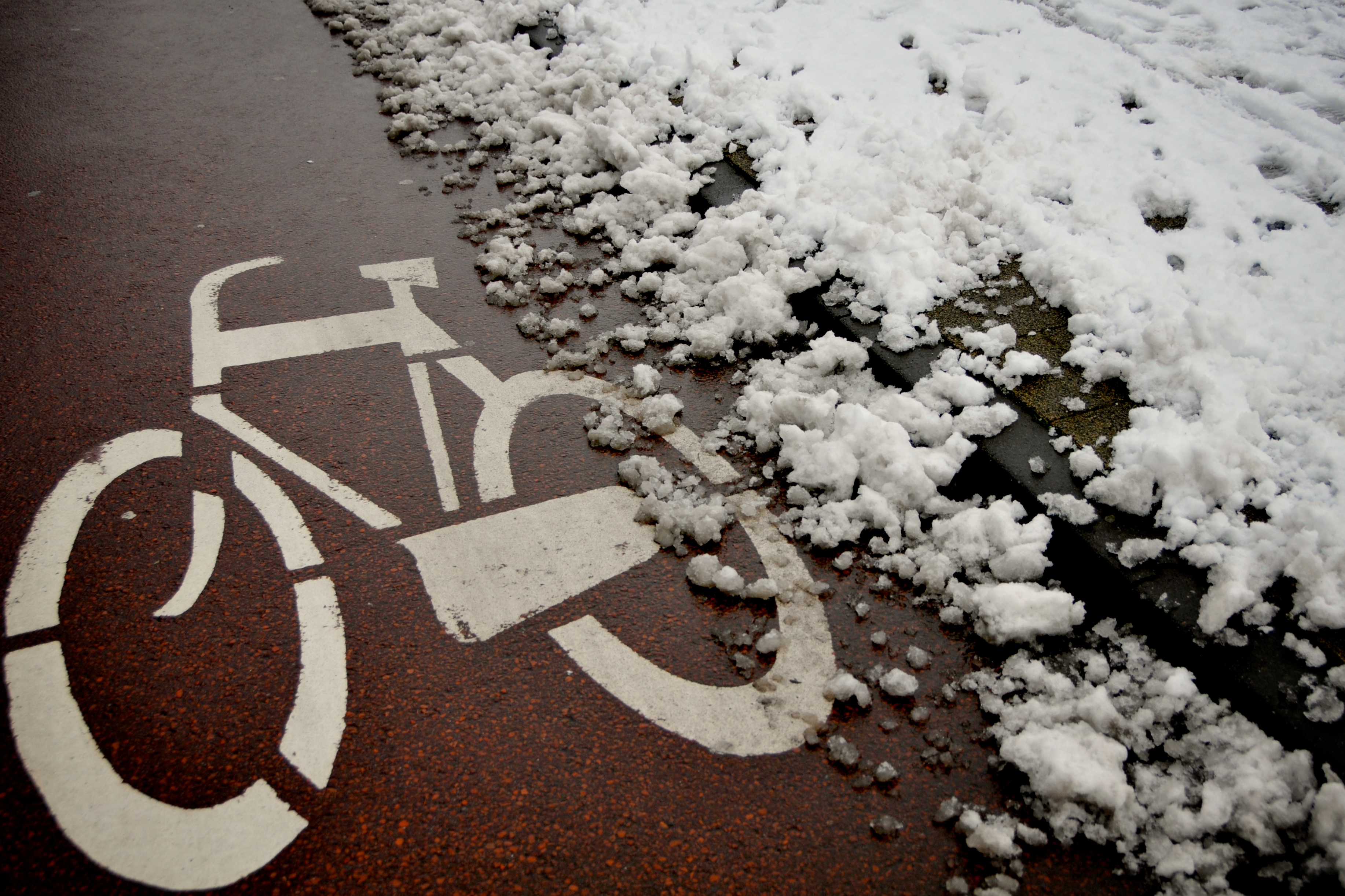 Salt Lake City is implementing a new bike lane design for cyclists that has been shown to work in other parts of the country. These new lanes called cycle tracks physically separate cyclists from moving traffic by things such as parked cars, cement, plants, or billboards. The new lane exists between the curb and the new buffer, making it much safer for cyclists to ride. On 2 blocks of downtown, this new bike lane has been put in, and on a third they have installed a more traditional, although extra wide bike lane. They are asking for feedback and community response from cyclists, drivers, and people who live and work on the streets to know which version to move forward with in the future.
Salt Lake City is implementing a new bike lane design for cyclists that has been shown to work in other parts of the country. These new lanes called cycle tracks physically separate cyclists from moving traffic by things such as parked cars, cement, plants, or billboards. The new lane exists between the curb and the new buffer, making it much safer for cyclists to ride. On 2 blocks of downtown, this new bike lane has been put in, and on a third they have installed a more traditional, although extra wide bike lane. They are asking for feedback and community response from cyclists, drivers, and people who live and work on the streets to know which version to move forward with in the future.
A lot of the motivation behind this change is coming from the Green Lanes Project, which is an initiative funded by the Bikes Belong Foundation. Their purpose is to help facilitate positive change for cities who are trying to find ways to make cycling safer and more practical. For cycling to become more of an everyday transportation, it needs to become, safer, more accessible, and more practical.
“I think of it like this: What would my mom ride? What would she feel comfortable enough riding on: a 65-year-old woman with a bag of groceries” said Zach Vanderkooy, who is the International Programs Director behind the Green Lanes Project. “[when] it’s good enough for her, then it’s good enough.” He has seen cities in other countries, such as Denmark, or the Netherlands, where almost half of the population uses bikes with regularity and do so safely and comfortably.
A grant from REI is helping to fund the cost of adding these lanes. The future cost is also going to be mitigated by adding the lanes when road construction is already underway.
Positive results have been shown around the country, such as in New York. A cycle track was built into 9th avenue and local businesses showed a 49 percent increase in retail sales in the months following. Portland has had a increase in bike commuting within the city of over 200 percent. Neither case showed any negative impact on vehicle travel times.
Obviously every street is not suitable for a cycle track, so it will take planning for these cycle tracks to be feasible for cyclists to use, but it can be done. In congested cities, even a few more people safely on bikes can make a huge traffic and environmental impact.
For more information on these tracks, please visit www.bikeslc.com
Image courtesy of Dennis Beentjes
